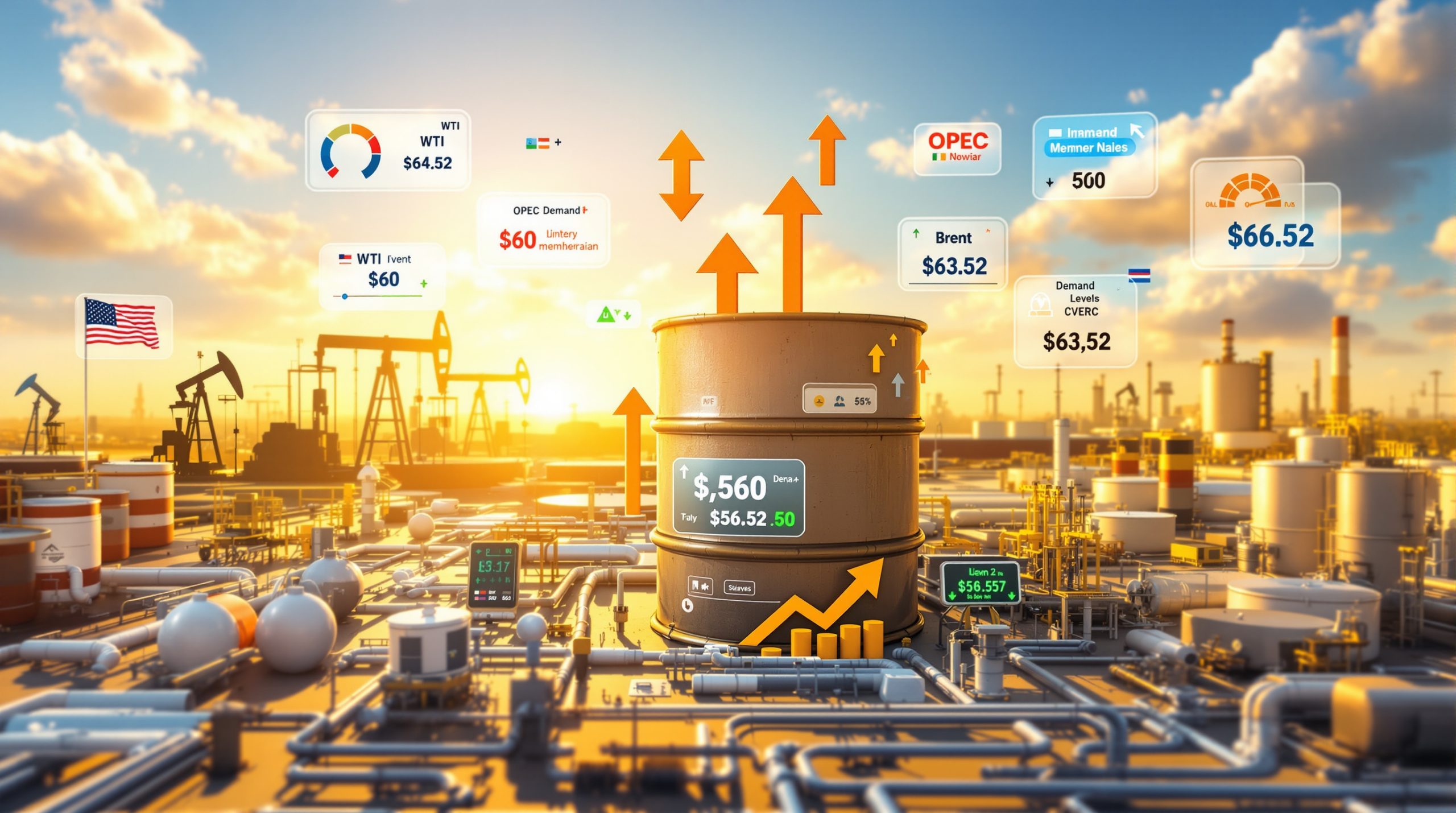Peru's Gold Exports to China: A Historic Surge Reshaping Trade Relations
Peru's gold exports to China have exploded in 2025, creating a significant shift in global precious metals trade patterns. This remarkable growth represents not just a statistical anomaly but signals deeper changes in both countries' economic strategies and global market dynamics.
Understanding the Recent Export Explosion
The first half of 2025 has witnessed an unprecedented boom in Peru's gold shipments to China. Export values reached a staggering $947 million in H1 2025, already surpassing the entire 2024 total of $885 million. This represents a nearly 400% increase compared to the same period in 2024, continuing the extraordinary upward trajectory that saw a 410% year-over-year increase from 2023 ($173 million) to 2024 ($885 million).
China now ranks as Peru's fourth-largest gold export destination, behind traditional buyers Canada, India, and Switzerland. This rapid ascension in the rankings demonstrates China's growing influence in global gold markets and its strategic interest in diversifying supply sources.
According to trade data, the volume of gold exports has increased alongside value, though price appreciation has amplified the financial impact. Industry analysts point to improved extraction efficiency and the activation of previously underdeveloped mining areas as contributing factors to the increased output capacity.
Global Economic Factors Fueling Demand
Multiple factors are driving China's surging appetite for Peruvian gold. Ongoing US‑China trade tensions have increased the appeal of safe-haven assets, with gold traditionally serving as a store of value during periods of economic uncertainty.
Gold prices analysis shows they reached historic highs in 2024, crossing the $2,500 per ounce threshold for the first time, as global economic uncertainties persisted. This price rally has made gold mining more profitable and encouraged increased production and export activities.
China's strategic diversification away from US dollar-denominated assets represents another key driver. The Chinese central bank has been consistently adding to its gold reserves, with official holdings increasing by approximately 15% since 2023.
Financial analysts note that while China produces significant gold domestically, growing industrial and investment demand has necessitated increased imports. Peru's high-quality deposits and relatively stable mining sector make it an attractive supply partner.
How Significant is Peru in the Global Gold Market?
Peru has established itself as one of the world's premier gold producers, consistently ranking among the top ten global producers alongside mining powerhouses like China, Australia, Russia, and the United States.
Peru's Position in Global Production
The country's total global gold exports surged 46% year-over-year to $8.57 billion in H1 2025, highlighting Peru's growing significance in international gold markets. This remarkable growth rate outpaces most other major gold-producing nations.
Peru's rich mining history dates back to pre-Columbian civilizations, with modern operations benefiting from centuries of geological knowledge and infrastructure development. The country possesses substantial untapped reserves, particularly in the Andean highlands and Amazon region, positioning it for continued prominence in global gold production.
When comparing production volumes, Peru currently contributes approximately 4-5% of global gold output. While this places it behind the largest producers like China and Australia, Peru's production has been growing at a faster rate than many competitors.
Key Mining Regions and Operations
The most productive gold mining regions in Peru include Cajamarca, La Libertad, and Arequipa departments. These areas benefit from favorable geology and established mining infrastructure that supports efficient extraction.
Major mining operations driving the export growth include both international mining corporations and domestic Peruvian enterprises. Several significant mines have expanded production capacity in recent years, with investments in modernization yielding improved recovery rates and higher output volumes.
New project developments, particularly in previously underexplored regions, have also contributed to production increases. These include both greenfield developments and expansions of existing operations into adjacent concession areas.
The gold sector in Peru encompasses both large-scale commercial operations using advanced technologies and smaller mining enterprises. This diversity creates a resilient production base, though it also presents regulatory challenges.
What Challenges Does Peru's Gold Sector Face?
Despite the impressive growth statistics, Peru's gold exports to China and other markets face significant challenges that could impact long-term sustainability and international market perception.
Environmental and Regulatory Concerns
Growing concerns about illegal mining operations bypassing environmental regulations have cast a shadow over the industry. Unregulated extraction methods often use mercury and other harmful chemicals that contaminate water sources and surrounding ecosystems.
The impact of unregulated mining on Peru's ecosystems is particularly severe in the Amazon region, where illegal operations have led to deforestation, river sedimentation, and mercury pollution. Environmental monitoring agencies have documented significant habitat destruction in gold-rich regions.
The Peruvian government has implemented several initiatives aimed at formalizing informal mining operations, including simplified registration processes and technical assistance programs. However, the effectiveness of these measures has been limited by enforcement challenges and the remote location of many mining activities.
Balancing economic benefits with environmental protection measures remains a complex challenge. While mining contributes significantly to Peru's economy, environmental degradation threatens long-term sustainability and creates potential future liabilities.
Social and Security Implications
Violence associated with illegal gold mining activities has increased in certain regions, creating security concerns for communities and legitimate mining operations. Criminal organizations have become involved in the sector, attracted by high profit potential and limited oversight.
Community conflicts around mining operations frequently arise from disputes over land rights, water access, and the distribution of economic benefits. Some regions have developed effective resolution mechanisms involving community consultation and benefit-sharing agreements, but tensions persist in many areas.
Labor conditions and safety standards vary widely across different types of mining operations. While large formal mines generally maintain international safety standards, informal operations often lack basic protections for workers, leading to higher accident rates and occupational health issues.
Various stakeholders, including the government, international organizations, and industry associations, have launched efforts to address human rights concerns in mining communities. These include initiatives focused on eliminating child labor, improving working conditions, and ensuring fair compensation.
How is China Reshaping the Global Gold Market?
China's growing influence extends far beyond its relationship with Peru, reflecting a comprehensive strategy to strengthen its position in global gold markets.
China's Strategic Gold Acquisition
China's increasing gold purchases represent a global trend, not limited to imports from Peru. The country has been systematically boosting imports from various supplier nations, including Russia, Australia, and several African countries.
Gold plays a multifaceted role in China's economic strategy, serving as both a strategic reserve asset and an industrial input for the country's substantial electronics and jewelry sectors. Reserve diversification appears to be a primary motivation, with gold providing a hedge against currency fluctuations and geopolitical risks.
When comparing China's gold import growth from various supplier countries, Peru's percentage increase stands out as particularly dramatic. However, in absolute terms, China continues to import larger volumes from more established suppliers like Australia and South Africa.
The long-term implications of China's growing influence in the gold market include potential impacts on global pricing mechanisms, trading patterns, and even the international monetary system. Some economists suggest that increased Chinese participation could eventually challenge London's traditional role as the center of global gold trading.
Trade Relationships and Diplomatic Considerations
Peru-China trade relations extend well beyond gold, encompassing a broad range of minerals, agricultural products, and manufactured goods. Copper remains Peru's largest export to China by value, though gold is rapidly gaining significance.
Bilateral agreements have played an important role in facilitating mineral exports between the two nations. The Peru-China Free Trade Agreement, which took effect in 2010, eliminated tariffs on many mining products and established frameworks for investment protection.
Gold trade fits into broader economic cooperation between the nations, with Chinese investments in Peru's mining sector creating vertical integration opportunities and strengthened supply chains. These investments include both direct mine ownership and infrastructure development projects that support the mining industry.
The strengthening economic ties between Peru and China carry potential geopolitical implications, particularly in the context of shifting alliances in South America. Peru has traditionally maintained strong economic relationships with both the United States and China, balancing these connections in its foreign policy approach.
What's the Future Outlook for Peru-China Gold Trade?
Analyzing current trends and underlying factors provides insights into the potential trajectory of the Peru-China gold trade relationship.
Production and Export Projections
Forecasts for Peru's gold production capacity through 2025-2026 suggest continued growth, though likely at a more moderate pace than the extraordinary surge seen in early 2025. Several major mining projects are scheduled to begin production in this period, adding to overall capacity.
Expected export volumes and values based on current growth trajectories indicate Peru could reach annual gold exports to China exceeding $2 billion by the end of 2026, assuming relatively stable price conditions. This would represent more than a tenfold increase from 2023 levels.
Several factors could influence future export growth, including regulatory developments, environmental restrictions, community relations, and infrastructure limitations. The formal mining sector's ability to expand production while addressing these challenges will be critical to maintaining growth momentum.
Peru has the potential to climb higher in China's supplier rankings, potentially challenging India or Switzerland for position in the coming years if current trends continue. However, competition from other gold-producing nations seeking access to the Chinese market will be significant.
Market Factors and Price Influences
Global gold price movements will continue to substantially affect export values, with analysts projecting continued price strength through 2026 due to ongoing geopolitical uncertainties and inflation concerns. Even modest price increases could significantly boost export values independent of volume growth.
Monetary policies in major economies, particularly Federal Reserve decisions regarding interest rates, will influence gold demand. Higher interest rates typically reduce gold's attractiveness by increasing the opportunity cost of holding non-yielding assets, while accommodative policies tend to support prices.
The trajectory of US-China trade tensions could significantly impact gold demand. Easing tensions might reduce safe-haven buying, while worsening relations could accelerate China's reserve diversification strategy and increase gold purchases.
Central bank purchasing behavior, especially from emerging economies seeking to reduce dollar dependence, will play a crucial role in sustaining demand. The People's Bank of China's gold acquisition strategy will be particularly influential given the country's economic weight and growing international ambitions.
FAQ: Peru's Gold Exports to China
What factors are driving China's increased gold imports from Peru?
China's growing gold imports from Peru stem from several interconnected factors. Economic uncertainty and geopolitical tensions have enhanced gold's appeal as a safe-haven asset. China's strategic diversification away from US dollar-denominated assets represents another key driver, with gold serving as a traditional store of value independent of any single nation's currency.
Domestic demand within China continues to grow, with both jewelry and investment products seeing increased popularity among the country's expanding middle class. The Chinese government's support for gold ownership among citizens has further stimulated demand.
Additionally, China appears to be strategically building reserves amid global tensions, with gold providing a hedge against various economic scenarios. Peru's combination of high-quality deposits, relatively stable mining regulations, and increasing production capacity makes it an attractive supply partner in this context.
How does illegal mining affect Peru's gold export industry?
Illegal mining creates multifaceted challenges for Peru's gold sector. Environmental damage ranks among the most severe impacts, with unregulated operations causing deforestation, water contamination, and habitat destruction. Mercury use in these operations poses particular concerns due to its long-term toxicity.
Social conflicts frequently arise in regions with significant illegal mining activity, often accompanied by violence as criminal organizations compete for control of resource-rich areas. These security challenges affect both local communities and legitimate mining operations.
The government experiences substantial tax revenue losses due to the underground nature of illegal mining. Conservative estimates suggest that billions in potential tax revenue go uncollected annually.
Legitimate exporters face reputation risks when gold from illegal sources enters the supply chain, potentially triggering restrictions in environmentally conscious markets. Various regulatory challenges confront authorities attempting to ensure responsible sourcing, with the remote location of many operations complicating enforcement efforts.
What measures is Peru taking to ensure sustainable gold production?
Peru has implemented increasingly stringent environmental regulations governing mining operations, including stricter controls on water usage, tailings management, and mine reclamation innovations. These measures aim to minimize the ecological footprint of gold extraction activities.
Efforts to formalize small-scale mining operations continue, with simplified registration processes and technical assistance programs designed to bring previously unregulated miners into the formal economy. These initiatives aim to improve environmental practices while maintaining livelihoods.
Traceability systems are being developed to track gold from mine to market, helping ensure that exported metal comes from legal and environmentally responsible sources. Several international certification standards are being promoted within the Peruvian mining sector to validate sustainable practices.
Enforcement against illegal mining has been strengthened, with increased resources for monitoring and interdiction operations. Community engagement programs seek to build local support for responsible mining practices while addressing concerns about environmental and social impacts.
How does Peru's gold export growth compare to other mining sectors?
While gold exports have shown remarkable growth, Peru's mining sector remains diverse, with copper maintaining its position as the country's largest mineral export by value. Gold's recent percentage growth rate significantly outpaces other minerals, reflecting both increased production volumes and favorable price movements.
Silver exports have also seen growth, though at more modest rates than gold. Base metals like zinc and lead have experienced mixed results, with some production challenges offsetting price increases.
In absolute value terms, copper exports still dominate Peru's mining sector, generating approximately three times the revenue of gold exports. However, gold's higher value-to-weight ratio creates significant economic benefits relative to extraction costs.
The gold sector has shown greater resilience to logistical challenges than some other minerals, as its high value means even small shipments remain economically viable despite transportation constraints.
What role do international gold prices play in Peru's export boom?
Record-high gold prices have substantially boosted Peru's export values, amplifying the impact of production increases. For example, the price appreciation from approximately $1,800 per ounce in early 2023 to over $2,500 in 2024 enhanced export values by roughly 40% independent of volume changes.
Price movements directly impact export earnings, with even small percentage changes representing significant absolute value given the high unit price of gold. These earnings influences cascade through the economy via tax revenues, employment, and supplier relationships.
Investment in new mining projects correlates strongly with gold price trends, as higher prices improve project economics and attract capital. Several major developments currently underway in Peru received final investment approval during the 2023-2024 price rally.
Government tax revenues from the sector fluctuate with price movements, creating planning challenges but also providing substantial fiscal resources during price upswings. Mining royalties and income taxes from gold operations have become increasingly important contributors to Peru's national budget.
The mining industry is increasingly adopting renewable energy mining solutions to reduce operational costs and environmental impact, according to recent analysis from Reuters.
Ready to Discover the Next Major Mining Opportunity?
Stay ahead of the market with Discovery Alert's proprietary Discovery IQ model, delivering instant notifications on significant ASX mineral discoveries and turning complex data into actionable insights. Visit our discoveries page to understand how major mineral discoveries can lead to substantial returns, and begin your 30-day free trial today.




